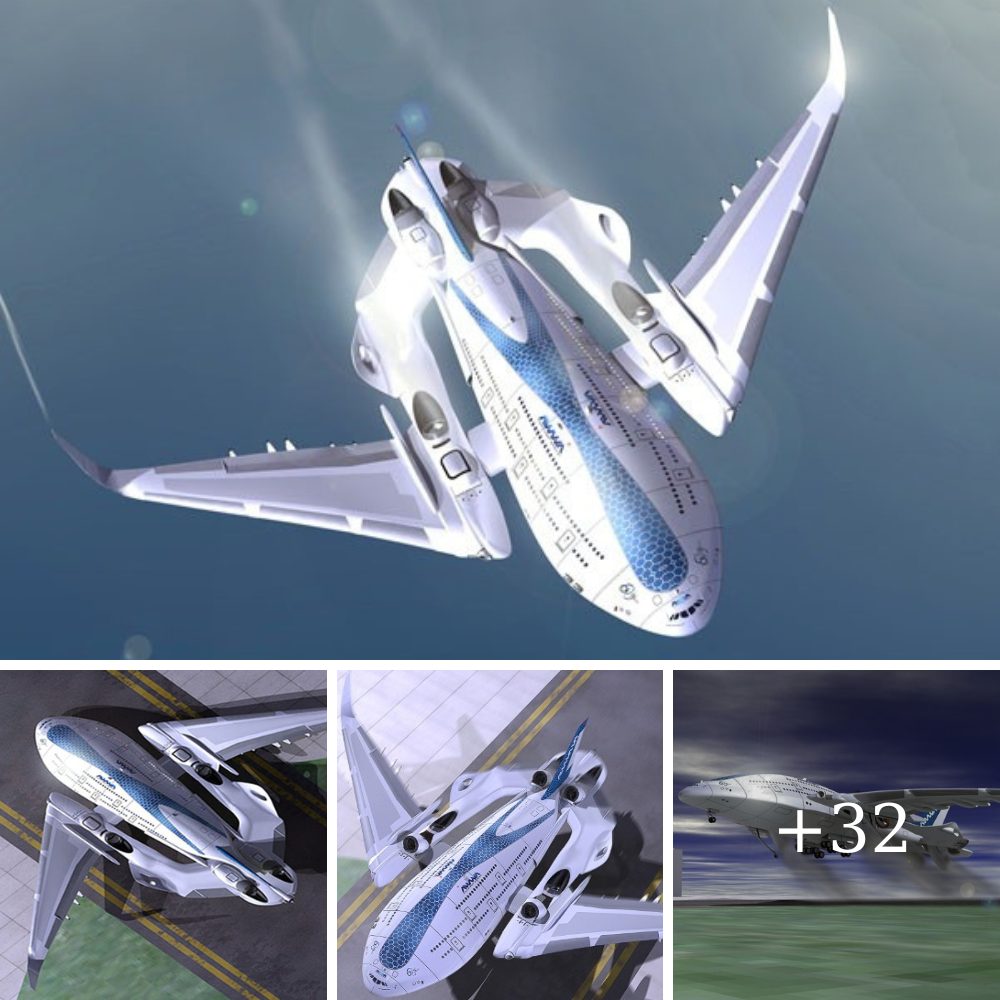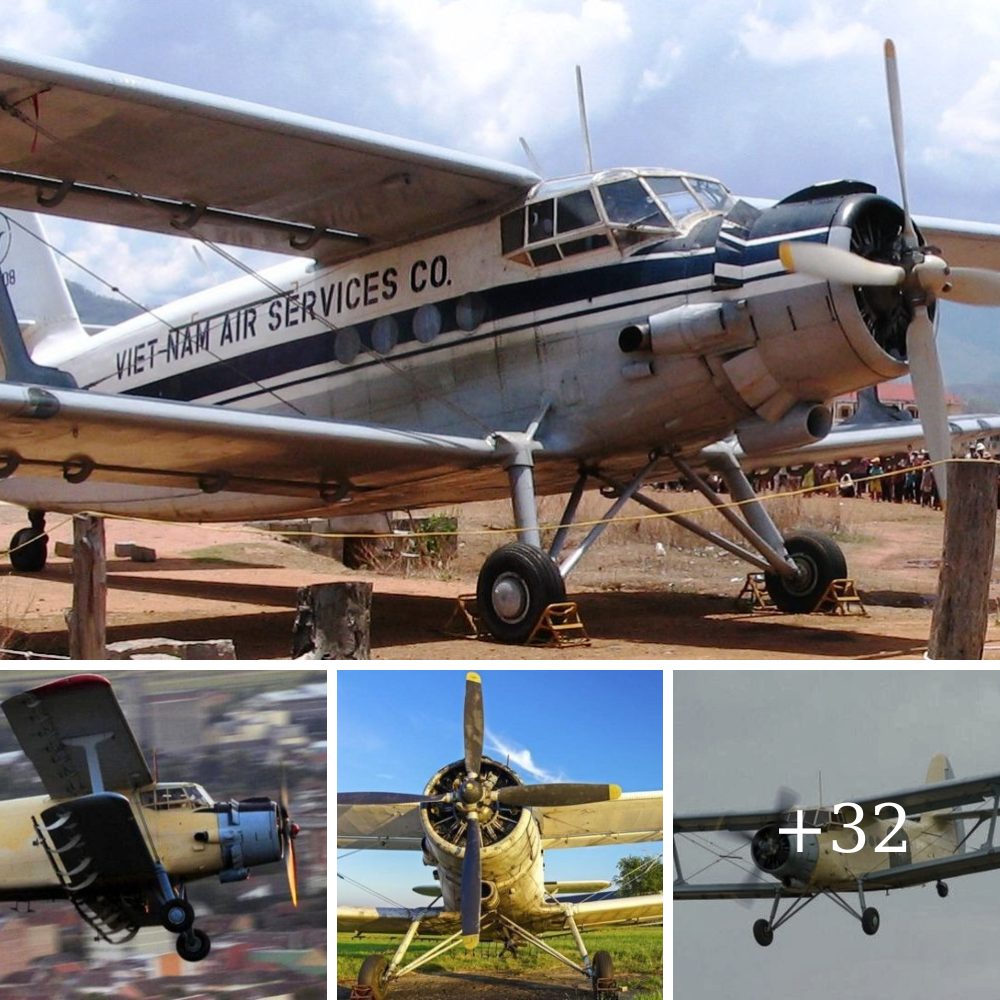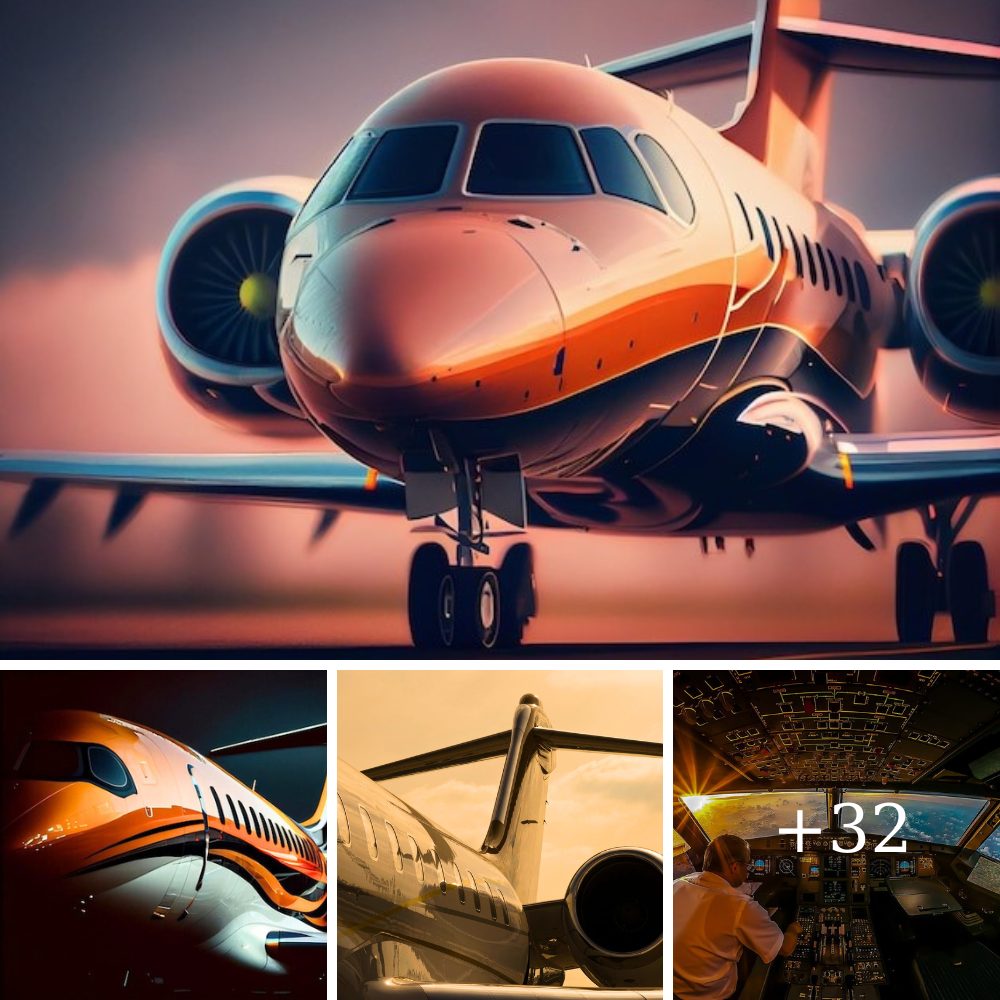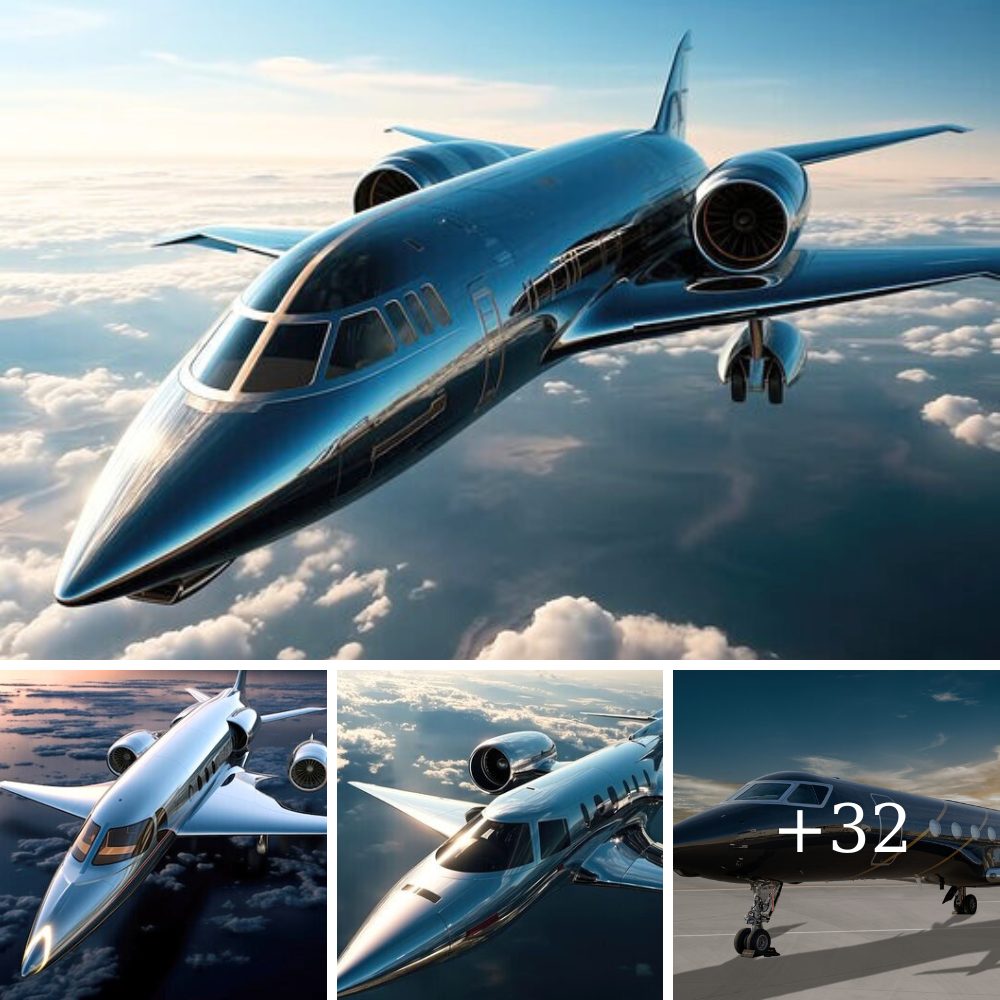The Falcon Solar looks like a superhero’s jet, running exclusively on solar power and shaped like the bird of prey it’s named after. Despite having no visible propulsion system for takeoff, and no flaps or ailerons in the wings for lift or turning, could this experimental design inspire manufacturers to move forward with aircraft powered by the sun? It will take a lot more tech to get there.

“We want to bring a new perspective to solar sustainable aviation,” Laszlo Nemeth, whose Budapest-based firm Lasko Design created the concept, told Robb Report. “I believe that modern technology is sufficiently advanced to allow us to fly on solar power. This could be a reality before self-driving cars.”
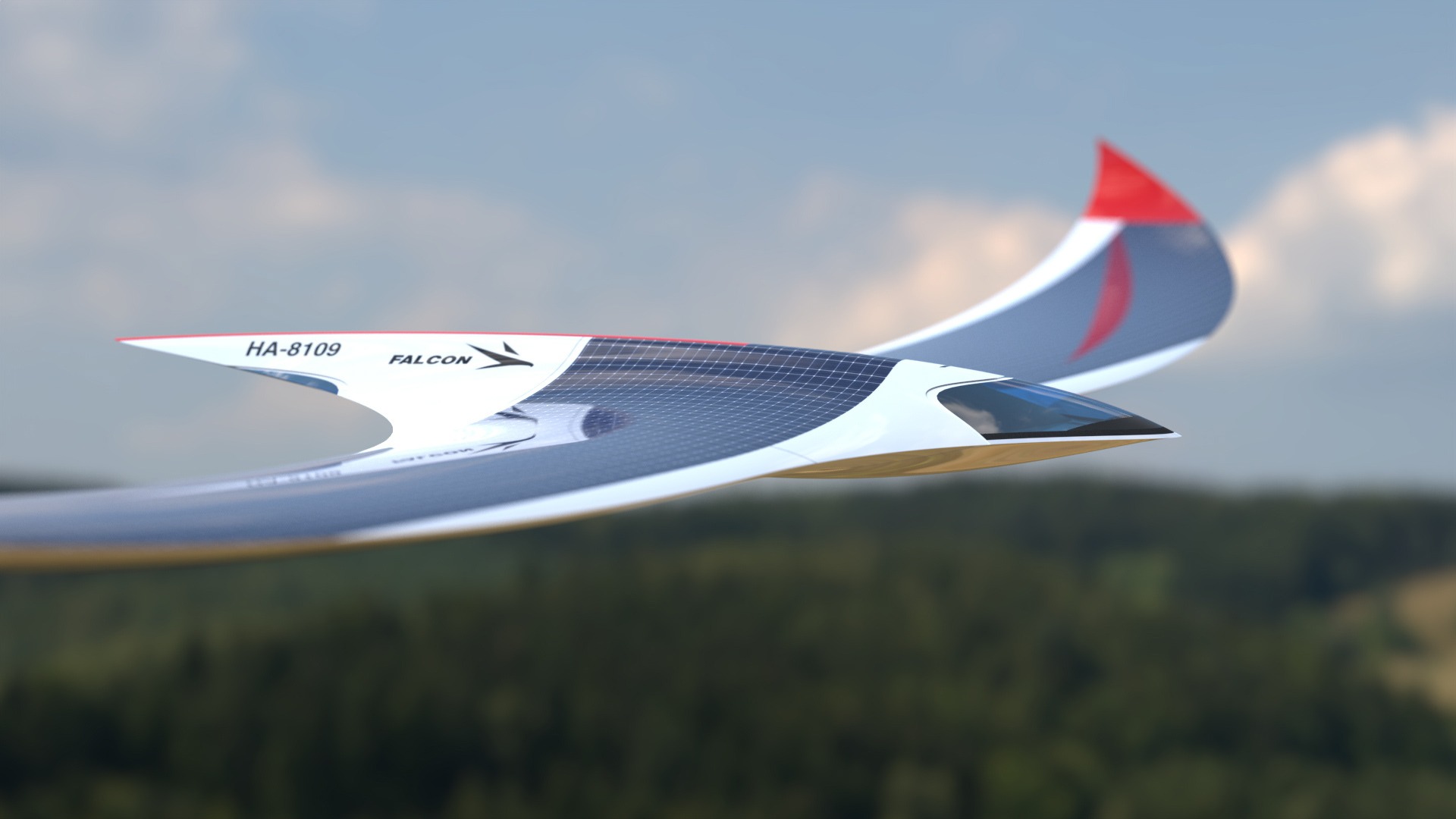
The aircraft’s shape is reminiscent of a delta wing aircraft, used in military and supersonic jets like the Concorde, but the Falcon Solar takes it a step farther with curved wings and an elegant, bird-like fuselage. “Birds of prey are fast and nature has provided engineers and designers with good inspiration for centuries,” says Nemeth. “Today we can fly above the speed of sound but at what environmental cost? Might we be able to combine the efficiencies of birds in flight with higher speeds?”
The Solar Falcon 1 is shaped like a bird of prey.
Falcon Solar with its curved wings. Courtesy Lasky Design

“The design breaks with conventional aircraft design and uses the advantage of flying wings,” says Nemeth. “The shape is unique in that the fuselage also generates significant lift while providing a surface for the solar panels.” The design is aimed at “passenger transport in a more sustainable and efficient way,” he adds. The design team includes engineers that are pilots with more than 20 years of flying experience.

It’s not clear whether Falcon Solar will ever get off the ground, though Nemeth insists that there is more to come. “The concept deliberately does not show everything, especially the propulsion system,” he says. “From an aerodynamic point of view, the aircraft is feasible and has good characteristics.” The design is going through computation fluid dynamics optimization and a smaller remote-controlled model, with a 16-foot wingspan, is in the works.
“The first test flights will be for long duration and speed demonstrations,” says Nemeth. “The second objective is the implementation of fully automatic aerial recharging.”


